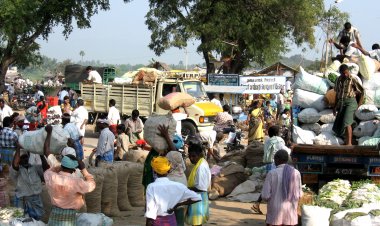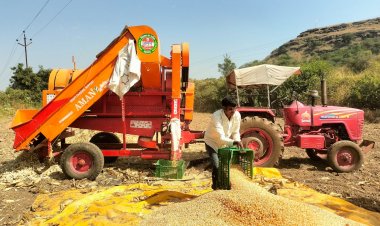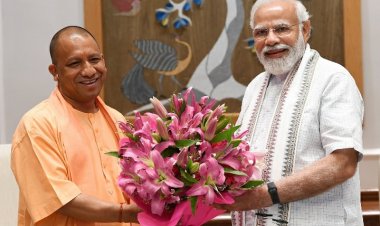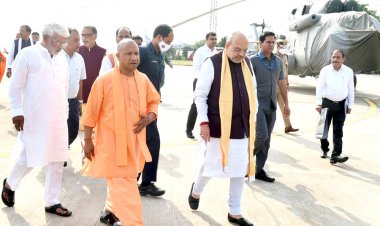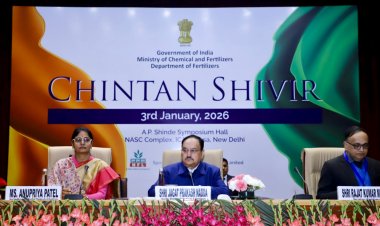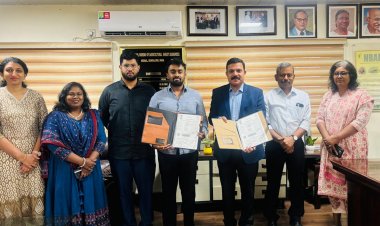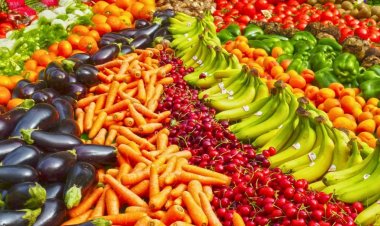India dairy to the world
The nationwide movement led to the elimination of middlemen from the system and ensured that farmers retained control over the entire value chain. The White Revolution was purely the brainchild of India’s visionaries, unlike the Green Revolution, which was a movement borrowed from the West.
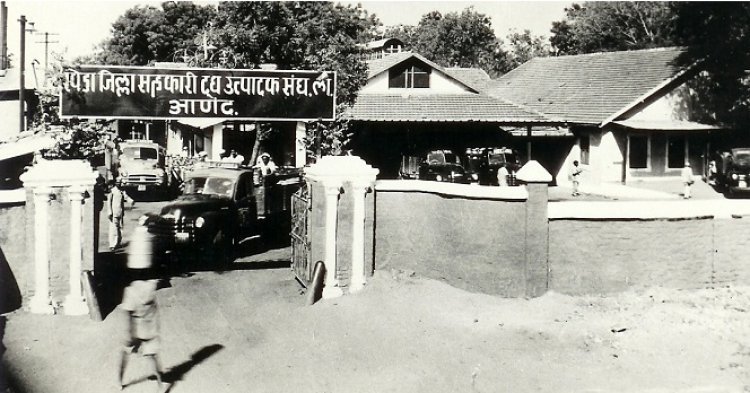
The Indian economy has been witnessing steady growth in the last four to five decades. This has had a huge positive impact on critical sectors of the economy such as agriculture, manufacturing, and services. The world now recognizes India as a global force to reckon with.
But the situation was starkly different in 1947. While the country was free from the shackles of colonialism, we were yet to achieve true financial independence and food security. Post-Independence, our complete focus was on ensuring food security for the country’s growing population as India was surviving on food aid from various developed countries.
India’s former Prime Minister Lal Bahadur Shastri’s voyage of discovery in Anand and subsequent discussions with Dr Verghese Kurien led to the formation of a national milk grid under the supervision of the National Dairy Development Board (NDDB) that ushered in a socio-economic revolution in Bharat (Rural India) and implemented his “billion-litre idea” which propelled India to its current position of eminence in the world dairy scenario. Under Operation Flood, the “Amul Model” of milk cooperatives was replicated in the entire country. The nationwide movement led to the elimination of middlemen from the system and ensured that farmers retained control over the entire value chain. The White Revolution was purely the brainchild of India’s visionaries, unlike the Green Revolution, which was a movement borrowed from the West.
Indian dairy and animal husbandry sector have become the primary source of income for 100mn rural families and has assumed the most important role in providing employment and sustainable livelihood, particularly for marginal and women farmers. Out of the agricultural economy, around 30 per cent is contributed by dairying and animal husbandry, wherein dairying contributes Rs 9.6 lakh crores and poultry, fisheries and other allied sectors Rs 3 lakh crores. The total value of milk production is more than that of all pulses, wheat and paddy put together. Today India brims with evident pride as it boasts its AatmaNirbharta (self-reliance) in the dairy sector along with many other sectors, achieved through a self-created, indigenous business model.
There are two main philosophies behind the massive success of the Indian dairy sector:
- Value for Many: Ensuring maximum remuneration to our farmers for the milk poured by Almost 70-80 per cent of the consumer’s rupee flows back to the farmers, quite unlike countries like the USA or even Europe, where farmers get 35-40 per cent of the consumer’s dollar; and
- Value for Money: The dairy sector has grown because of its ability to strike a chord with India's lower middle class and middle class by providing quality products at a reasonable
The average customer understands the importance of milk nutrition and the co-existence of both private and co-operative brands in the market ensures affordability for him.
The presence of cooperatives in the dairy sector has ensured that the two main stakeholders – the producers and the consumers – are taken care of. Cooperatives have become a benchmark that the private sector tries to match. Apart from the monetary aspect, the Indian dairy industry has also become the epitome of efficient supply chain management and end-to-end technological integration of services.
The overwhelming statistics of India’s dairy sector speak volumes about the effectiveness of the cooperative model in India. Back in 1950, India was struggling with food dependence and our total milk production was only 17 million metric tonnes (MMT).
Operation Flood commenced in the 1970s when India was highly dependent on imports for milk as it is in edible oil today. Milk production was stagnating at a level of 21 MMT, with a share of 5 per cent from the world milk production of 425 MMT. It was 1/3 and 1/8 of the production of the US and Europe respectively.
The efforts of Operation Flood bore fruit when India became the world’s largest milk producer in 1997 with 74 MMT of annual milk production and has continued to stay at the top till date. During this period the per capita availability of milk in India doubled from 110g to 214g.
Currently, India is producing 210 MMT of milk and contributing to 23 per cent of the global milk production of 910 MMT. Also, when compared to the developed countries, India’s production is twice that of the USA and 30 per cent more than that of Europe.
Milk production in India has grown at a compound annual growth rate (CAGR) of 4.8 per cent in the last 20 years as compared to global milk production, which has grown at a CAGR of 1.8 per cent. In fact, more than 50 per cent growth in milk is contributed by Asian countries like India, Pakistan and other South Asian countries.
Even at an estimated growth rate of 4.6 per cent, India is set to achieve a production level of 630 MMT per year by 2047, out of a global production of 1350-1400 MMT with a contribution as high as 45 per cent in the world milk production.
However, like every industry, dairying and animal husbandry is not immune to a number of challenges. To achieve the mammoth figure of 630 MMT of milk production in the coming 25 years (2047), India must start working on developing sustainable export competitiveness immediately. By 2047, we will be dealing with a surplus of at least 100 MMT that would require export opportunities to maintain a demand-supply balance in the Indian market.
Failing to explore new international sales avenues would ultimately hamper the remunerative price generation for the farmers and discourage them from the business of dairying.
Over the next couple of years, the task of the Indian dairy sector is to build on our strengths and also manoeuvre in new directions. Dairying and animal husbandry must be presented as a commercially viable sector for the next generation of dairy farmers in India. After all, the weight of this colossal sector will have to be shouldered by the youth of Bharat. The country’s leadership must understand the vulnerabilities, the sensitivities and of course the potential of dairying in India. Henceforth, one of our primary objectives should be to sensitize the political leadership and the policymakers to the needs of the farmer producer members and get budgetary resources equivalent to the contribution of the dairy sector to the country's GDP. At the same time, we must collectively work to ensure food security for a gigantic population of 165bn people by 2050 in India.
We have a strategic priority to position India as a “Dairy to the world”. Be it the mode of operation of the cooperative sector, the execution of the model, professional experts or even the latest manufacturing technologies, the world should look up to India as the go-to destination for dairying solutions. Our objective is to not only remain the largest dairy nation in the world but also ensure the health, nutrition and wellness of people across India and globally, thereby ensuring continuous prosperity and remunerative livelihood for Indian dairy farmers.
(The author is the Managing Director of GCMMF (Amul) and president of the Indian Dairy Association.)



 Join the RuralVoice whatsapp group
Join the RuralVoice whatsapp group


















